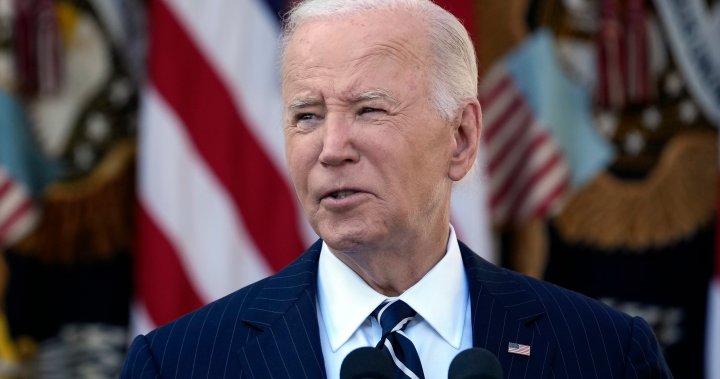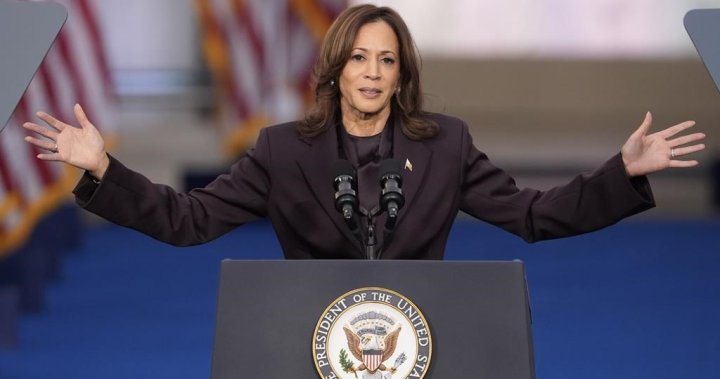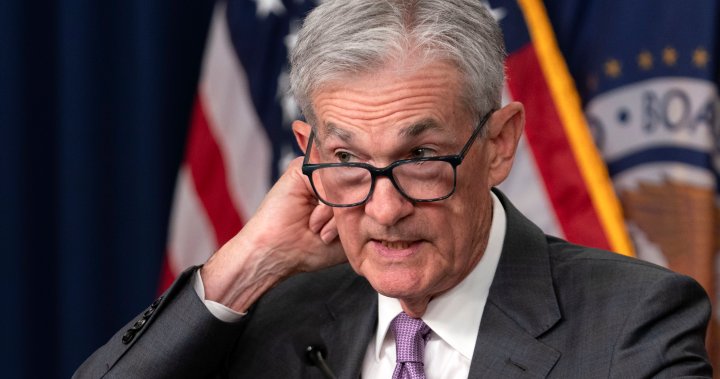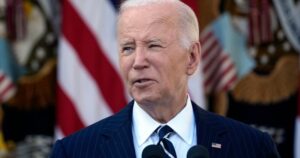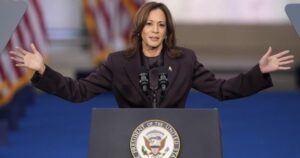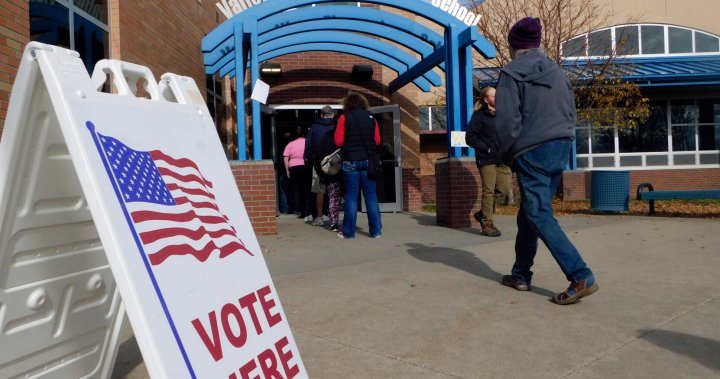Federal Reserve officials on Thursday are preparing to cut their key interest rate for the second consecutive time, in response to a continuing slowdown in inflation pressures that has angered many Americans and contributed to Donald Trump’s presidential election victory.
However, the Fed’s future moves are now more uncertain in the wake of the election, given that Trump’s economic proposals have been widely labeled as potentially inflationary. His election also raised the specter of White House interference in Fed policy decisions, with Trump declaring that as president he should have a voice in the central bank’s interest rate decisions.
The Fed has long been keen to maintain its status as an independent institution capable of making tough decisions about borrowing rates, free from political interference. However, during his previous term in the White House, Trump publicly attacked Chairman Jerome Powell after the Fed raised interest rates to fight inflation, and he may do so again.
Story continues below ad
The economy is also clouding the picture by sending mixed signals, with growth strong but employment weakening. However, consumer spending has been healthy, exacerbating concerns that the Fed does not need to lower borrowing costs, and that doing so could lead to it over-stimulating the economy and even re-accelerating inflation.

What does a Trump win mean for the Canadian economy and trade?
Financial markets are throwing another curveball at the Fed: Investors have sharply raised Treasury yields since the central bank cut interest rates in September. The result was higher borrowing costs across the economy, which in turn reduced the benefits to consumers from the Fed’s half-percentage-point cut in its benchmark interest rate, which it announced after its September meeting.

Get weekly money news
Get expert insights and Q&As on markets, housing, inflation and personal finance information delivered to you every Saturday.
For example, the average interest rate on a 30-year mortgage in the United States fell over the summer as the Federal Reserve signaled it would cut interest rates, then rose again once the central bank actually lowered its benchmark interest rate.
Story continues below ad
Interest rates have risen more broadly because investors expect higher inflation, larger federal budget deficits, and faster economic growth under President-elect Trump. In what Wall Street called a “Trump trade,” stock prices also rose on Wednesday and the value of Bitcoin and the dollar rose. Trump has talked about cryptocurrencies during his election campaign, and the dollar is likely to benefit from higher interest rates and the overall increase in tariffs proposed by Trump.
Trump’s plan to impose at least a 10% tariff on all imports, as well as significantly higher taxes on Chinese goods, and carry out mass deportations of illegal immigrants, would almost certainly boost inflation. This would make it less likely that the Fed would continue to cut its key interest rate. Annual inflation as measured by the central bank’s preferred measure fell to 2.1% in September.
Economists at Goldman Sachs estimate that Trump’s proposed 10% tariff, plus proposed taxes on Chinese imports and cars from Mexico, could push inflation back up to about 2.75% to 3% by mid-2026.
Trending now
-
![]()
A Bank of Canada official warns of the risks of “adjustment” in mortgage rules
-
![]()
Searches for “move to Canada” spiked after the US election, but it’s not that simple
Such an increase would likely reverse the future interest rate cuts the Fed signaled in September. At that meeting, when policymakers cut the key interest rate by a large half-percentage point to about 4.9%, officials said they envisioned two quarter-point rate cuts later in the year — one on Thursday and another in December — and then four additional cuts. Lowering interest rates in 2025
But investors now expect a rate cut next year to be increasingly unlikely. The perceived probability of a rate cut at the Fed’s January meeting next year fell to just 28% on Wednesday, down from 41% on Tuesday and from about 70% a month ago, according to futures prices monitored by CME FedWatch.
Story continues below ad

Will we see more cuts from the Bank of Canada?
The jump in borrowing costs for things like mortgages and auto loans, even as the Fed cuts its benchmark interest rate, has posed a potential challenge for the central bank: Its efforts to support the economy by lowering borrowing costs may not pay off if investors work to boost rates. Long term borrowing.
The economy grew at a strong annual rate of just under 3% over the past six months, while consumer spending – driven by higher-income shoppers – rose strongly in the July-September quarter.
At the same time, companies have curbed hiring, with many unemployed people struggling to find jobs. Powell suggested that the Fed cuts its key interest rate in part to support the labor market. But if economic growth continues at a healthy rate and inflation rises again, the central bank will come under increasing pressure to slow or halt interest rate cuts.
& Edition 2024 The Canadian Press



